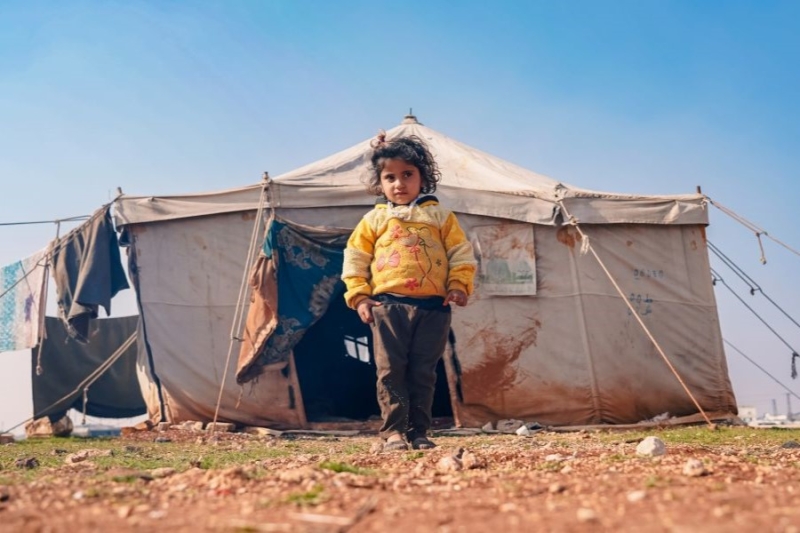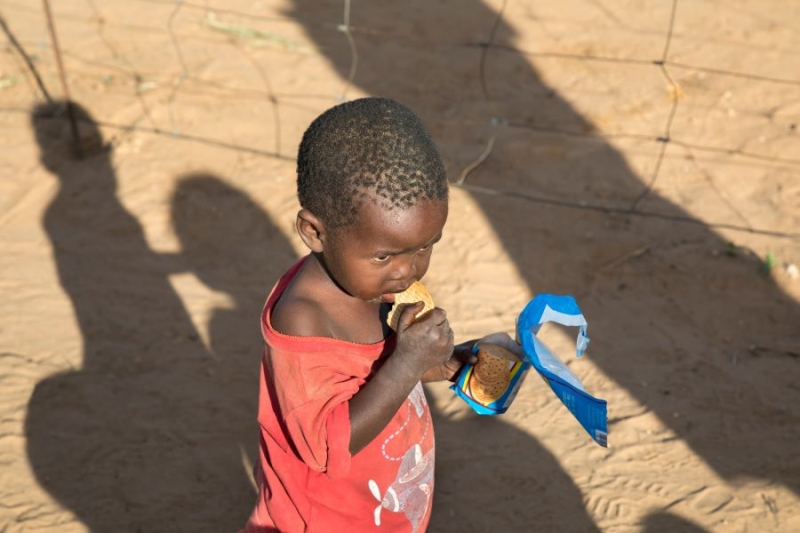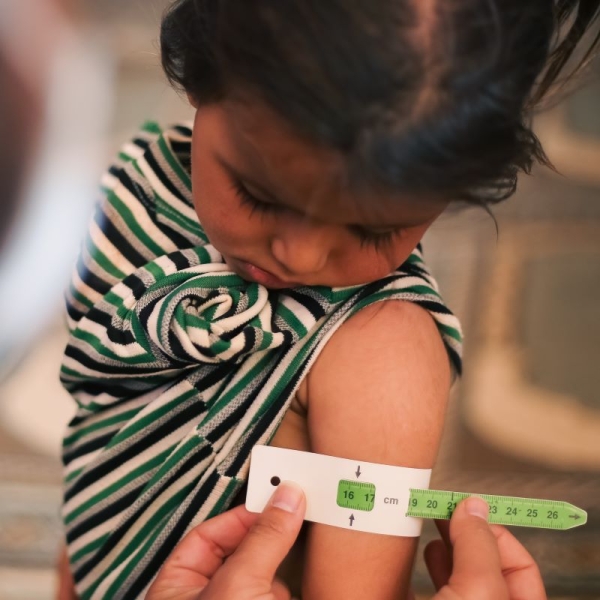Contents
17 Sep 2024 — Climate change is set to cause stunting in 40 million children and wasting in 28 million children by 2050, according to the Bill & Melinda Gates Foundation’s latest Goalkeepers report. The foundation stresses that the climate crisis of childhood malnutrition requires “immediate global action” and calls on world leaders to increase health spending in vulnerable regions. It also notes that many of the tools needed to address the crisis already exist.
The Goalkeepers report, “A Race to Nourish a Warming World,” emphasizes the need to scale up solutions that avoid this outcome, while also establishing climate change resilience and fostering economic growth.
“Today, the world is contending with more challenges than at any point in my adult life — inflation, debt, new wars,” says Bill Gates, co-chair of the Bill & Melinda Gates Foundation and the author of the report. “Unfortunately, aid isn’t keeping pace with these needs, particularly in the places that need it the most.”
“I think we can give global health a second act — even in a world where competing challenges require governments to stretch their budgets.”
A looming threat to children’s health
The report spotlights that, in 2023, the WHO estimated that 148 million children across the globe endured stunting — a condition in which children are unable to fully grow physically and mentally due to a lack of nutrients.
Moreover, 45 million children experienced wasting, a life-threatening medical condition where children become emaciated, weak and are at greater risk of developmental delays and death. The report highlights that stunting, wasting and the developmental issues they incur are both severe and irreversible.
At the same time, the report reveals that intensifying global challenges and a lack of investment since the global pandemic threaten to undo decades of progress, and notes that the total share of foreign aid going to Africa has decreased since the pandemic’s onset.
According to the report, 40% of 2010 foreign aid was directed to Africa, but has dropped to 25%, the lowest in two decades. Furthermore, it reveals that over half of child deaths occur in sub-Saharan Africa, putting many children at risk of preventable diseases and jeopardizing significant health progress made from 2000 to 2020.
The report comes at a crucial time. UNICEF recently presented a new framework to address child malnutrition and spoke with us about the need to transform and future-proof food systems to support children’s unique nutrition needs. Meanwhile, global skepticism about water safety has reached an all-time high and childhood malnutrition is increasing, even in the US.
The extent of the crisis
The foundation's report states that malnutrition is “the world’s worst child health crisis,” and holds that climate change is significantly exacerbating the situation. It advocates for sustained global health funding, immediate support for the Child Nutrition Fund to combat malnutrition and full funding for key institutions like Gavi, the Vaccine Alliance and the Global Fund to Fight AIDS, Tuberculosis and Malaria — which are due for replenishments in the upcoming year.

The report highlights that climate change and intensifying world challenges are driving childhood malnutrition.
“If we do these three things, we won’t just usher in a new global health boom and save millions of lives — we’ll also prove that humanity can still rise to meet our greatest challenges,” Gates underscores.
The report also emphasizes the severe economic impact of malnutrition, which costs US$3 trillion annually in lost productivity, according to the World Bank. In low-income countries, this equates to a GDP loss of 3% to 16%, similar to a perpetual global recession at 2008 levels.
Utilizing “proven tools”
The Bill & Melinda Gates Foundation report points to “proven tools” that can help solve the crisis of global childhood malnutrition, that can help build resilience to the worst predicted impacts of climate change and that can help to drastically reduce the number of childhood deaths.
These include ensuring that cows are more productive and make safer milk, fortifying foods to prevent micronutrient deficiencies, expanding access to quality prenatal supplements and vitamins and boosting financing to the Child Nutrition Fund.
The report states that new agricultural technologies could prevent 109 million child stunting cases in India, Ethiopia, Kenya, Nigeria and Tanzania by 2050 by increasing and safeguarding milk production.
Additionally, it spotlights that scaling up fortification of staples like salt and bouillon cubes could drastically reduce anemia and prevent deaths from neural tube defects. In Ethiopia, fortifying salt with iodine and folic acid might cut anemia cases by 4% and reduce up to 75% of related deaths and stillbirths.
In Nigeria, fortifying bouillon cubes with iron, folic acid, zinc and vitamin B12 could prevent up to 16.6 million anemia cases and 11,000 deaths from neural tube defects.

The amount of foreign aid sent to Africa has decreased to 25% despite the fact that over half of child deaths occur in the sub-Saharan region.
Boosting mother’s nutrition
Gates also asserts that providing quality prenatal vitamins could save nearly 500,000 lives and enhance birth outcomes for 25 million babies by 2040, with supplements costing just US$2.60 per pregnancy in poorer nations.
The report underscores emerging research on the microbiome’s role in enhancing health and suggests that improved gut health aids in nutrient absorption, immune system development and proper growth in children.
Gates notes that deeper insights into gut health could transform treatment approaches to both malnutrition and overnutrition, the latter affecting affluent nations.
“The best way to fight the impacts of climate change is by investing in nutrition. Malnutrition makes every forward step our species wants to take heavier and harder, but the inverse is also true,” Gates concludes. “If we solve malnutrition, we make it easier to solve every other problem.”
“We solve extreme poverty, vaccines are more effective and deadly diseases like malaria and pneumonia become far less fatal.”
By William Bradford Nichols

